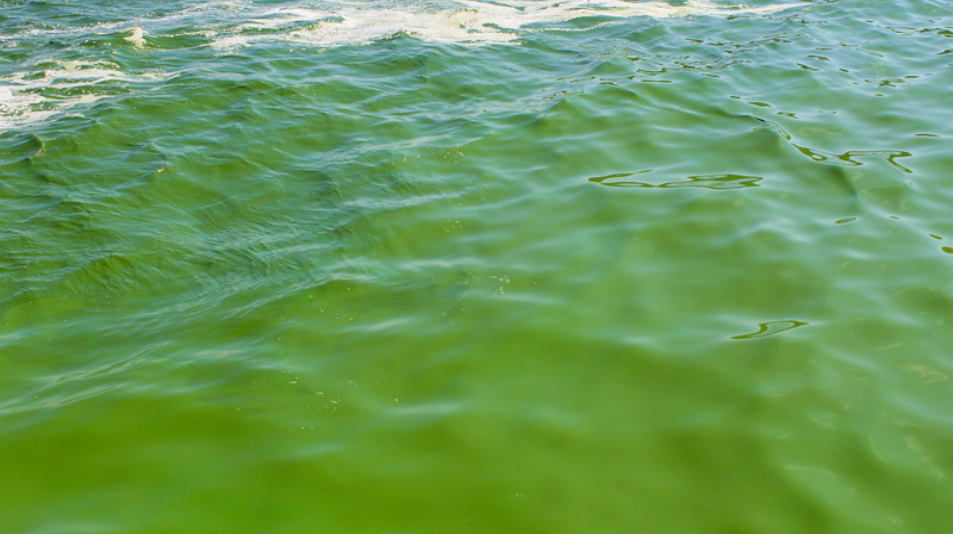
Ocean Colour Affected by Climate Change
The colour of the ocean has seen significant changes over the past 20 years. A recent study suggests that human-induced climate change is likely responsible. This study was led by a research team of scientists. They hail from the UK’s National Oceanography Center and the Massachusetts Institute of Technology in the US. The team stated that colour changes have occurred in more than 56% of the world’s oceans. These changes go beyond what can be explained by natural variability.
The Greening of the Oceans
In particular, tropical oceans near the equator have become greener over the past two decades, indicating changes in their ecosystems. The colour of the ocean is determined by the materials in its upper layers. For instance, a deep blue sea indicates minimal life, while a green colour signifies the presence of ecosystems based on phytoplankton. These plant-like microbes, which contain chlorophyll, form the foundation of a food web that supports larger organisms such as krill, fish, seabirds, and marine mammals.
The Impact on Ecosystems
Stephanie Dutkiewicz, a senior research scientist at MIT and co-author of the study, explained that it’s unclear exactly how these ecosystems are changing. Some areas may have less phytoplankton, while others may have more. It’s likely that all parts of the ocean will experience changes in the types of phytoplankton present. Any change in the phytoplankton will disrupt the balance of ocean ecosystems. Dutkiewicz warned that such imbalances will only worsen over time if our oceans continue to heat up.
The Carbon Storage Dilemma
These changes will also affect the ocean’s carbon storage capacity. This is because different types of plankton absorb varying amounts of carbon. The researchers are still working to fully understand these changes. However, they are certain about one thing. Human-induced climate change is the driving force behind these changes.
Monitoring from Space
The research team observed ocean colour changes from space. They tracked the reflection of green or blue light from the sea’s surface. This data was collected using the Aqua satellite. This satellite has been monitoring these changes for over two decades. It can detect colour differences that are invisible to the human eye. The team analysed data on colour variation from 2002 to 2022. They then employed climate change models. These models were used to simulate potential ocean impacts. They considered scenarios both with and without additional planet-heating pollution.
The Future of Our Oceans
The colour changes matched almost exactly what Dutkiewicz predicted would happen if greenhouse gases were added to the atmosphere – that around 50% of our oceans would change colour. Dutkiewicz, who has been running simulations predicting ocean colour changes for years, was not surprised by this finding. However, she found the results very sobering and called it another wake-up call that human-induced climate change has significantly impacted the earth system.
In a nutshell, Dutkiewicz explained that it’s difficult to say whether colour changes could become visible to humans if the process continues. If a significant tipping point is reached in some places, it might be possible. However, one would have to study the colours for a while to be able to detect the changes. Dutkiewicz’s next step is to better understand the colour changes in different ocean regions and investigate what might be causing them.


